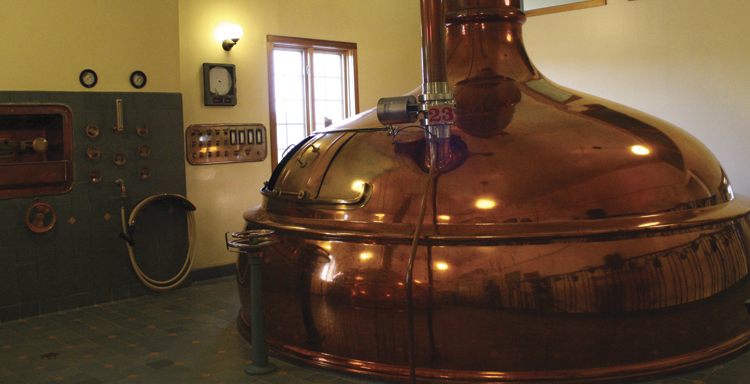Australians love a beer. In fact, having a ‘cold one’ is about as traditional as going to the footy or eating a meat pie. Sure, times have changed and the good news is that beer has too. No longer do Australians grab the first beer to hand; they are increasingly seeking out craft beers.
“There has been an explosion in the craft beer market and I believe this has come from a few big breweries dominating the market resulting in smaller brewers having to get involved and offer a wider variety of tastes,” Tony Jones, James Squire chief brewer, said.
“The beers diversify in taste in that there are more hops involved in the brewing; it was inevitable that Australians would want an array of different tastes. After all, we have seen a growth in every other industry such as food and wine so it was natural that beer would follow in this category too.”
AC Nielsen research shows that the Monthly Annual Total (MAT) of total premium craft beer year-on-year to mid 2009 reveals a value growth of 14 per cent and a volume growth of 11 per cent.
Beers such as Squire’s Pilsner and Pale Ale, Bluetongue’s Lager and Dogbolter from Matilda Bay, with their distinctive names and equally distinctive tastes have become favourites and are becoming easier to access in bars around the country.
Essentially, craft beers stick to four main ingredients – barley, hops, yeast and water – without the use of adjuncts, chemical additives or preservatives.
Larger breweries use a lot of corn and rice grain giving them higher levels of fermentable sugars resulting in higher yields but less taste. Smaller breweries focus more on the taste and less on yield.
“When Little Creatures was started the main aim was to be passionate about complex beer with lots of hops,” Alex Troncoso, chief brewer at Little Creatures, said.
“Australians were ready for change and wanted a greater range of beer to choose from. The beauty of beer is that it can be what you want it to be and there are plenty of micro-breweries opening up and more and more people are into home brewing.”
“Our Bright Ale is a very well balanced beer infused with fruit aromas combined with our own malts added in; our Pilsner is our only lager and has its own malt, yeast and hops and receives great reviews while our Pale Ale has great flavour with loads of hops in it and is preservative and additive free. We offer a good diversity of beers.”
It is believed that four brewers – Matilda Bay, James Squire, Bluetongue and Little Creatures – control the majority of the craft beer market. Their popularity stems from the variety of taste that they offer. No longer do you see Generation X and Y asking for the first beer they see on tap, a careful glance around the bar and in the fridges shows the discerning taste that has developed amongst the drinking population.
“Our Golden Ale was first produced three years ago and now it is our biggest brand,” Jones said. “But our Pilsener, Amber, Porter and IPA are all popular. Craft beers generally have more hops and are more pure beers.
“The key is to get younger drinkers into craft beers and educate their palates. We need to broaden their awareness of the different flavours beer can offer. We are now aiming at food with beer, which is the next logical step. It is no different to what the wineries offer. Why can’t beer be flavoured to mix with food? It makes perfect sense.”
Jones thinks that the James Squire Porter combines very well with chocolate desserts while the IPA with its strong hop characters is great with hot, spicy foods.
“In general, ales are like red wines that go with richer red meat dishes, while lagers are like white wines that accompany white meat and fish dishes,” Jones said.
And of course it is just another reason why craft beers will continue to grow in popularity amongst Australians for the foreseeable future.
